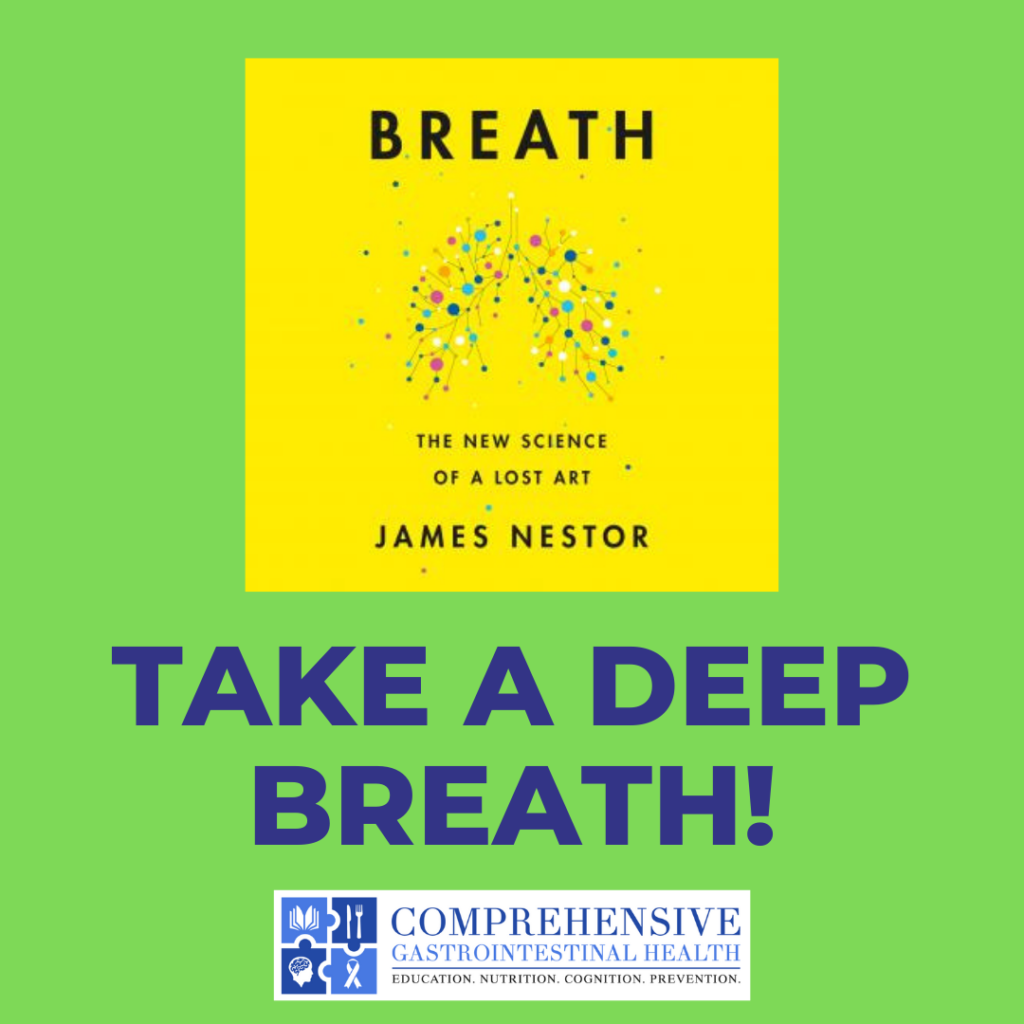Take a deep breath

Take a deep breath
By Jen Buettner, RN
Everyone may think this even more nowadays as they remove their mask, or repeat this in their minds when faced with adversity or a stressful experience. Whatever your view is on wearing a mask, we can all agree that masks have reminded us that we should not take for granted the freedom to take a deep breath ever again!
Public health experts often highlight the importance of balanced diet or good sleep hygiene to promote healthy lifestyle and higher quality of life, but they rarely emphasize the lost art and science of breathing. There is limited information splashed on social media or public announcements about the importance of taking a good breath in general; not in relation to the use of mask. Since breathing is an autonomic mechanism, we don’t often think about it. I personally think about properly breathing often. I try to take deliberate, intentional, sometimes audible, inhalations and exhalations. Historically, I have practiced mindfully, linking my breath with each movement in yoga, with my trainer, or on my outdoor run, but now I do so throughout my day.
In 2020, Author James Nestor released his book called Breath, The New Science of a Lost Art. The author wrote it to share the understanding that what occurs in our body when we breathe goes well beyond the act of inhaling and exhaling. James Nestor goes in depth to also include step by step directions of breathing techniques that he described throughout the book. The book research explains simply, “no matter what you eat, how much you exercise, how skinny or young or wise you are, none of it matters if you’re not breathing correctly.” Breathing, if well understood, is a way to develop the body, the mind, and grow stronger. It allowed me to be more conscience of breathing throughout the day and to slow down and be in the moment of each breath. The author draws on thousands of years of medical texts and recent cutting-edge studies on pulmonology, psychology, biochemistry, and human physiology. After reading the book, I will never breathe the same again. Even more now than I had before reading the book, I practice breathing as a mindful act throughout my day as opposed to an automated process required to keep us alive.
In relation to gut health and our comprehensive practice at CGH, one technique of breathing that may be introduced to our patients is belly breathing or diaphragmatic breathing.
Laurie Keefer, PhD explains in, Tips for Belly Breathing, that belly breathing (abdominal breathing or diaphragmatic breathing) is done by contracting the diaphragm muscles and expanding the belly to optimize air entering the lungs. This type of breathing can be used for GI for the following reasons:
- Activates the parasympathetic nervous system- signals the brain to move back into “rest and digest instead of “fight or flight”
- Reverses nervous habits such as belching (pairs an involuntary behavior with a voluntary one)
- Improves gastric accommodation (how much the stomach can hold)
- Improves the pressure gradient at lower esophageal sphincter (rumination, GERD)
To learn more about belly breathing techniques and mindfulness, you can call our at office 224.407.4400 to schedule an appointment or visit compgihealth.com to learn more about what services our office has to offer for your gut health and wellness.
